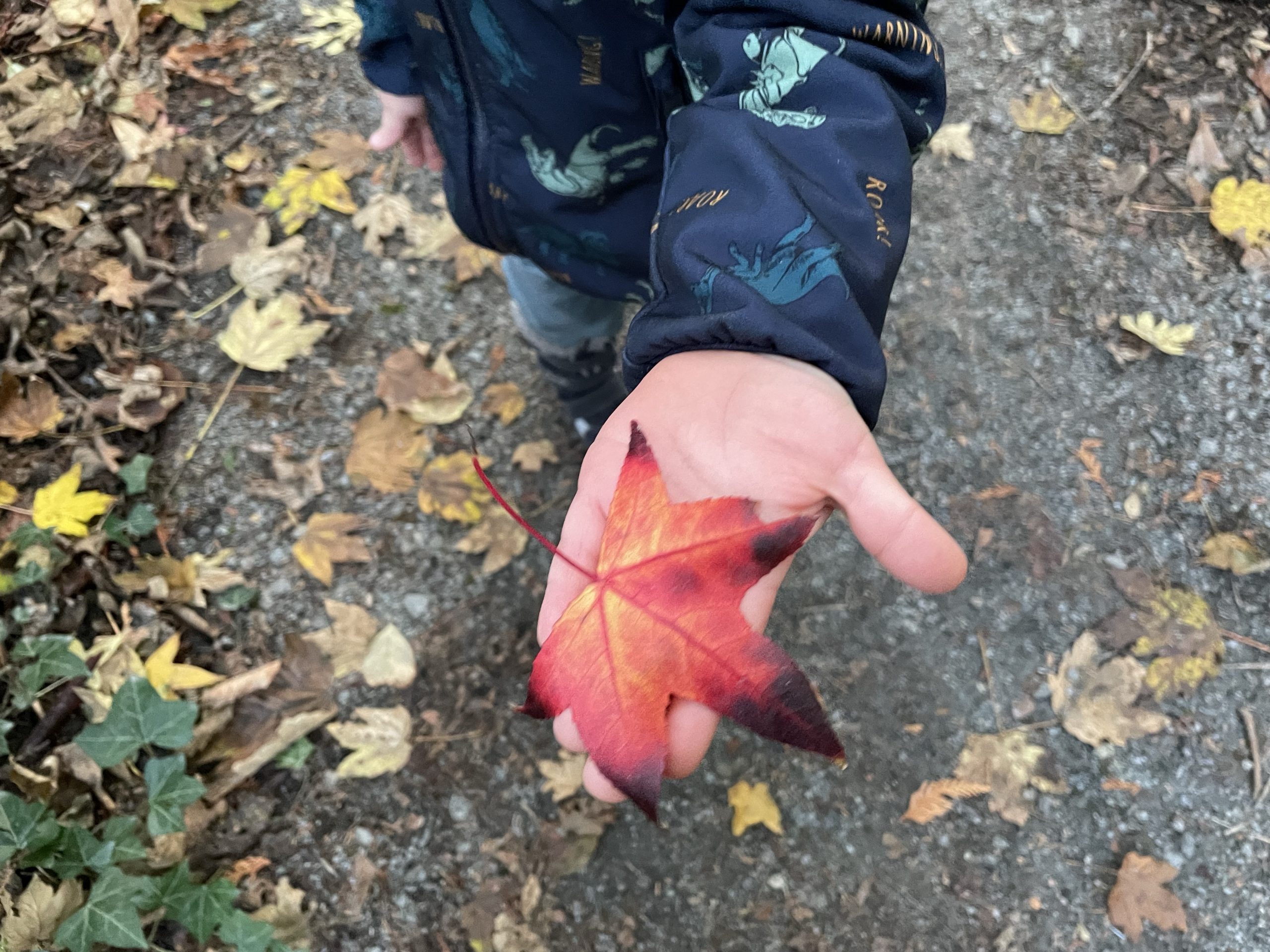Your cart is currently empty!

The Power of Mindfulness for Children: Cultivating Resilience, Well-being, and Emotional Intelligence
In today’s fast and technology-driven world, children are frequently exposed to various stressors and distractions that can impact their mental, emotional, and physical well-being. Mindfulness, an ancient practice with roots in different traditions, has gained significant attention in recent years for its potential to promote well-being and enhance overall mental health. This article aims to explore the benefits of mindfulness for children, practical ways to introduce mindfulness into their lives, and the long-term impact it can have on their development.

1. Understanding Mindfulness
1.1 Defining Mindfulness
Mindfulness can be defined as the practice of paying non-judgmental attention to the present moment, fostering a sense of curiosity and acceptance. It involves being fully engaged in the here and now, observing thoughts, emotions, bodily sensations, and the surrounding environment without attaching judgment.
1.2 Benefits of Mindfulness for Children
Mindfulness has been shown to offer numerous benefits for children’s overall well-being and development. These include improved focus and attention span, enhanced emotional regulation and self-control, reduced stress and anxiety, increased empathy and compassion, improved decision-making skills, and boosted resilience and coping abilities.

2. Introducing Mindfulness to Children
2.1 Age-Appropriate Mindfulness Practices
To introduce mindfulness to children, it is important to consider age-appropriate practices that can resonate with their developmental stage. For younger children, simple practices such as teaching them to focus on their breath as a way to anchor their attention and calm their minds can be effective. Mindful eating, where children are encouraged to savor each bite and cultivate gratitude for nourishment, can also be beneficial. Older children can engage in body scan exercises, which involve systematically scanning their bodies, noticing sensations, and bringing awareness to different parts. Additionally, activities like yoga, stretching, or walking mindfully can help cultivate body awareness and mindfulness.
2.2 Making Mindfulness Engaging
To make mindfulness enjoyable and engaging for children, various approaches can be adopted. Mindfulness games, which turn mindfulness practice into interactive and fun experiences, can capture children’s interest and enthusiasm. Mindful storytelling, using narratives or guided imagery to introduce mindfulness concepts and encourage imagination, can also be effective. Additionally, activities such as mindful coloring or drawing allow children to express themselves creatively while cultivating present-moment awareness. Mindful listening activities, where children focus on listening attentively to sounds and developing auditory awareness, can further enhance their mindfulness practice.

3. Mindfulness in Education
3.1 Mindfulness in Schools
The integration of mindfulness practices in educational settings has gained traction as an effective way to support children’s well-being and create positive learning environments. Schools can incorporate mindfulness into the curriculum, offering dedicated time for mindfulness exercises and practices. Mindfulness-based programs, such as Mindfulness-Based Stress Reduction (MBSR) or Mindfulness-Based Cognitive Therapy (MBCT), can be implemented to support students’ mental health and enhance their academic performance. Additionally, providing mindfulness training for teachers equips them with the necessary tools to model and teach mindfulness techniques to their students effectively.
3.2 Mindfulness at Home
Incorporating mindfulness into daily family routines and home environments can further support children’s mindfulness practice. Creating a mindful environment involves establishing routines that allow for moments of stillness, creating calm spaces where children can engage in mindful activities, and encouraging the integration of mindfulness practices within daily activities. Engaging in mindfulness practices as a family fosters connection and well-being, providing an opportunity for shared experiences and open communication. Mindful communication, characterized by active listening, non-judgment, and open expression of thoughts and emotions, can be encouraged within the family setting to promote harmonious relationships and a sense of emotional safety.

4. Nurturing Mindfulness as a Lifelong Skill
4.1 Long-Term Impact of Mindfulness Practice
Engaging in mindfulness practice during childhood lays the foundation for lifelong well-being and personal development. By cultivating mindfulness, children develop emotional intelligence, which encompasses self-awareness, self-regulation, empathy, and effective communication skills. Mindfulness also equips children with tools for stress management, enabling them to cope with challenges and adversity throughout their lives. Moreover, mindfulness fosters resilience, providing children with the ability to bounce back from setbacks with a positive mindset. By nurturing a positive relationship with themselves and others, mindfulness contributes to lifelong well-being and mental health.
Introducing mindfulness to children can have profound and long-lasting effects on their well-being and development. By providing them with practical mindfulness tools and creating supportive environments, we empower children to cultivate resilience, emotional intelligence, and overall mental health. Mindfulness is not only a valuable skill for children to navigate the challenges of today’s world but also a lifelong gift that can enrich their lives in countless ways. By embracing mindfulness, we invest in the well-being and flourishing of the next generation.
by
Tags: